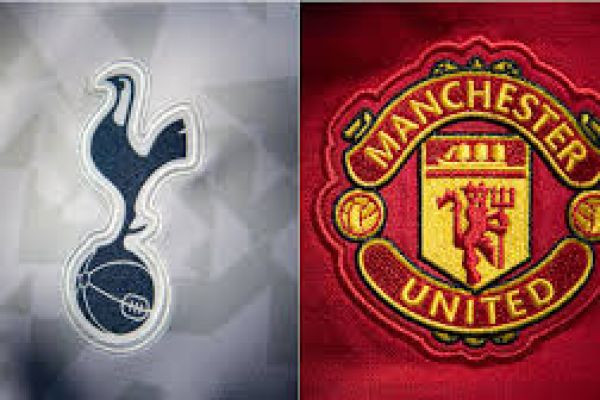The fixture between Tottenham Hotspur FC and Manchester United FC transcends a standard league match; it is a clash of two clubs with elite ambition, iconic history, and, crucially, distinct managerial philosophies. Historically dominated by United, the tie now serves as a high-stakes litmus test for both clubs, pitting Tottenham’s aggressive, high-risk system against Manchester United’s reliance on rapid transition and individual quality.
Tottenham Hotspur: The High-Intensity, Positional Overload
Under a manager like Ange Postecoglou, Tottenham deploys a rigid, yet fluid, high-intensity system, typically a $4-2-3-1$ designed to dominate possession and territory. The key is positional structure, aimed at suffocating the opponent deep in their own half.
Spurs' Strategic Mandate:
Inverted Full-Backs and Central Control: The most defining feature is the use of inverted full-backs (like Destiny Udogie and Pedro Porro) who tuck into the midfield to create a $2-3-5$ shape in attack. This central overload is designed to bypass United’s midfield press, ensuring numerical superiority for quick, short passing sequences.
The High Defensive Line: Spurs maintain an exceptionally high line, reducing the space available for opponents to operate and facilitating the counter-press. This aggressive posture allows them to pin United back but carries immense risk against the likes of Marcus Rashford.
Creative Responsibility: With the structure providing the foundation, the central playmakers (e.g., James Maddison) are given freedom to create, looking to link with the striker (Richarlison/Son Heung-min) through incisive vertical passes that penetrate the opposition’s penalty area.
The biggest tactical risk for Tottenham is the space left behind their center-backs due to the high line and inverted full-backs—a perfect invitation for a clinical counter-attack.
Manchester United: Transition, Chaos, and Individual Brilliance
Manchester United, often operating under a manager like Erik ten Hag, seeks to blend elements of high-pressing with the club's traditional speed on the break. They typically line up in a flexible $4-2-3-1$, relying heavily on the verticality and pace of their attackers.
United's Strategic Pillars:
The High-Velocity Counter-Attack: United’s most dangerous weapon is their ability to break at speed, particularly utilizing the pace of Marcus Rashford and the powerful running of players like Rasmus Højlund. They aim to win the ball in their own half and use a single, quick pass to launch an attack into the channels behind Tottenham’s advanced defense.
Midfield Stability and Defense: The central midfield pairing (often Casemiro/McTominay) is tasked with shielding the back four, minimizing turnovers, and providing the platform for transition. The aggressive press of Spurs will severely test their ability to retain possession and dictate tempo.
The Bruno Fernandes Factor: The Portuguese playmaker acts as the crucial link, orchestrating both the press and the counter. His ability to thread through-balls is essential for exploiting the defensive gaps created by Tottenham's inverted full-backs.
United's vulnerability is consistency; their structure can be exploited if individual errors lead to defensive lapses or if their press is too disjointed, allowing Spurs to easily control the game.
Key Decisive Tactical Conflicts
The match will likely be decided by the outcome of three critical duels:
Spurs' High Line vs. United's Speed: This is the most defining battle. If Tottenham's press is imperfect, a well-timed pass from the United midfield into the path of Rashford could lead to a one-on-one opportunity against the goalkeeper. Conversely, if Spurs’ press is successful, United’s vertical options are completely nullified.
The Full-Back vs. Winger Isolation: Tottenham’s inverted full-backs will leave the flanks open in transition. United's wide players must resist the temptation to track deep and remain high to exploit the wide space when the ball is recovered.
The Midfield Intensity: The sheer pace and volume of Tottenham’s passing will test the discipline of United's central pivot. If United's midfielders are dragged out of position, it allows the creative players like Maddison and Son to run riot in the final third.
Conclusion
This clash is a fascinating tactical study of Positional Control vs. Transitional Chaos. Tottenham, driven by a clear, non-negotiable attacking philosophy, will seek to dominate possession and pin United back. Manchester United, leaning on a more pragmatic, reactive approach, will look to absorb pressure and punish Spurs' high-risk defense with lightning-fast counters. While Tottenham often struggles against the psychological hurdle of beating United, their system under Postecoglou is ideally built to exploit the transitional chaos that United often creates. Expect a high-scoring, end-to-end affair, likely decided by which team minimizes individual errors in the defensive third.








